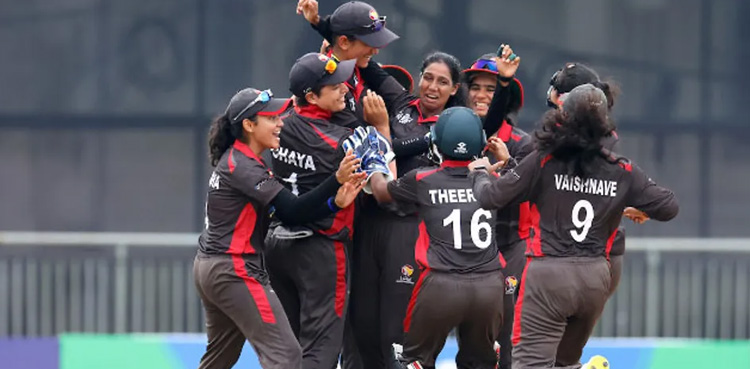In a significant reshuffle of international women’s cricket, the United Arab Emirates (UAE) women’s cricket team has gained One Day International (ODI) status, while the United States of America (USA) women’s team has lost theirs. This change, announced by the International Cricket Council (ICC), will come into effect from May 12, 2025, and will remain in place through the 2025–2029 cycle.
The update brings the total number of women’s teams with ODI status to 16, including five Associate members: Thailand, Netherlands, Papua New Guinea (PNG), Scotland, and now, UAE.
This change is more than just an administrative update — it reflects the evolving balance of power in women’s cricket and the increasing competitiveness among Associate nations striving for global recognition.
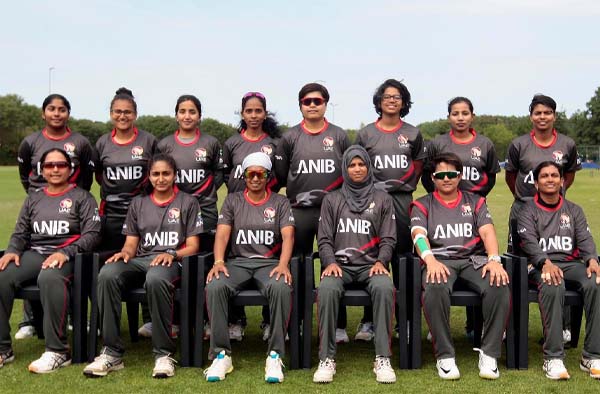
Understanding ODI Status in Women’s Cricket
ODI status grants a team the ability to play officially recognized One Day International matches. These games contribute to ICC rankings and qualification paths for global tournaments like the Women’s Cricket World Cup.
To retain ODI status, Associate teams must play at least eight ODI matches within a three-to-four-year period. Performance in both ODI and T20I formats plays a critical role in determining status, particularly for non-Full Member nations.

Why UAE Gained ODI Status
The UAE women’s team clinched ODI status by virtue of being the next-highest-ranked Associate team on the ICC T20I rankings at the time of the annual update. UAE stood at No. 16 on the T20I table, narrowly edging out their competitors.
Their rise has been steady and methodical. The team’s infrastructure has improved significantly over recent years, and the Emirates Cricket Board has invested in youth development and regional competitions. UAE’s consistent performances in both T20I and ICC regional events helped them qualify for this honor.
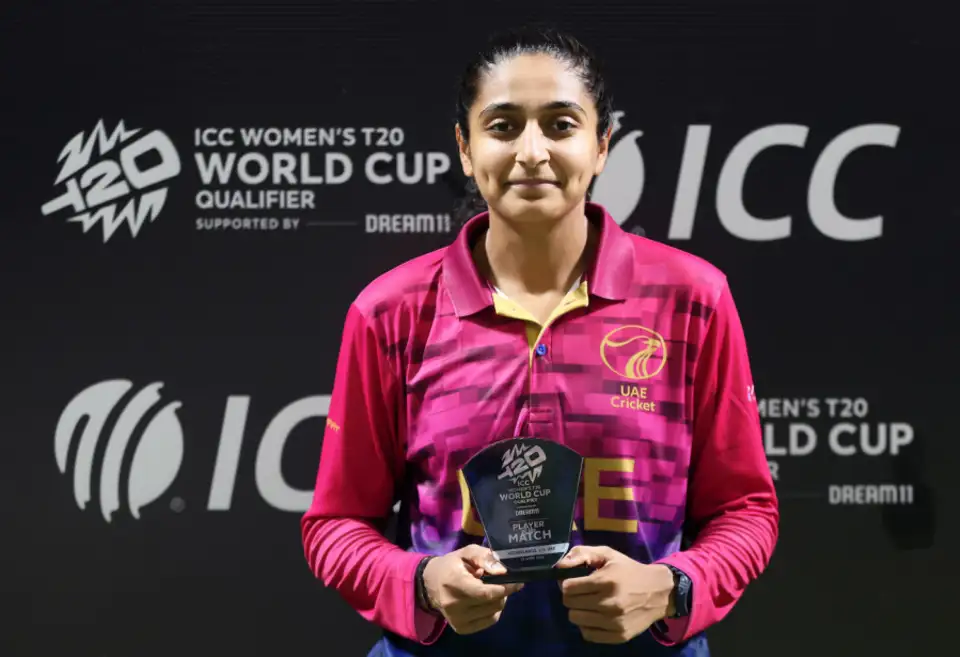
As per ICC requirements, the UAE women’s team will now need to play a minimum of eight ODIs during the 2025–2029 cycle to retain their newly acquired status. The Emirates team is already preparing for increased international fixtures, currently participating in a quadrangular T20I series in Bangkok, featuring Thailand, Hong Kong, and Kuwait.
Read More: England Women’s Cricket to Introduce Minimum Fitness Standards
USA Loses ODI Status: A Setback for American Women’s Cricket
On the flip side, this announcement marks a disappointing moment for the USA women’s team, who have been stripped of ODI status. Despite showing potential and hosting several ICC pathway events, the USA failed to meet the criteria required to maintain their position among the top 16.
The loss comes even as the USA is actively competing in a bilateral series against Zimbabwe. In that series, they lost the T20Is 2-1 but bounced back with a seven-wicket win in the first ODI last Thursday. The final ODI is scheduled for Saturday, offering the USA a chance to end the series on a high note.
While losing ODI status doesn’t erase their progress, it certainly complicates their path to future global tournaments and reduces their opportunities to face higher-ranked opponents in competitive matches.
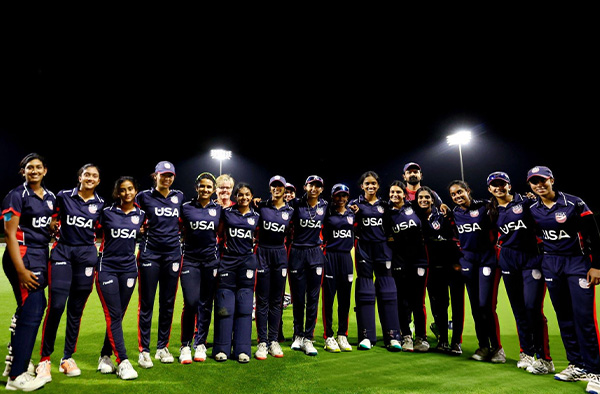
The 16 Women’s Teams with ODI Status (2025–2029)
The updated list of teams with ODI status includes:
Full Member Nations:
- Australia
- England
- India
- Pakistan
- Bangladesh
- South Africa
- New Zealand
- West Indies
- Sri Lanka
- Ireland
- Zimbabwe
Associate Member Nations:
- Thailand
- Netherlands
- Papua New Guinea (PNG)
- Scotland
- United Arab Emirates (UAE)
Among these, Thailand, Netherlands, PNG, and Scotland retained their ODI status based on either their performance in the Women’s ODI World Cup qualifiers or their T20I rankings.
Thailand & Scotland: Resilient Despite Mixed Results
At the recently concluded Women’s ODI World Cup Qualifier held in Pakistan, Scotland and Thailand showcased contrasting campaigns.
- Scotland impressed by defeating West Indies and Thailand, securing a fourth-place finish out of six teams — enough to secure their ODI status.
- Thailand, despite entering the qualifiers with strong expectations, lost all five matches and finished bottom. However, their consistent performance in the T20I circuit, where they’re ranked 11th, ensured they retained ODI status.
This again underlines the ICC’s integrated approach, where T20I rankings are used to complement ODI pathways, especially for Associate nations.
Papua New Guinea & Netherlands: T20I Rankings Seal the Deal
- Papua New Guinea is currently ranked 13th in the ICC T20I standings.
- Netherlands sits at 15th.
Both countries avoided the qualifiers but retained ODI status due to their strong standing in the T20I format.
This strategic balancing act by the ICC ensures teams performing consistently in either limited-overs format are rewarded with international exposure and investment.
Australia Dominates ICC Women’s ODI Rankings
At the top of the table, Australia continues its reign as the No. 1 ranked women’s ODI team with a commanding 299 rating points, extending their lead over second-placed England (279) from 18 to 20 points.
This reflects Australia’s recent dominance in women’s cricket, including back-to-back victories in bilateral series and multi-nation tournaments.
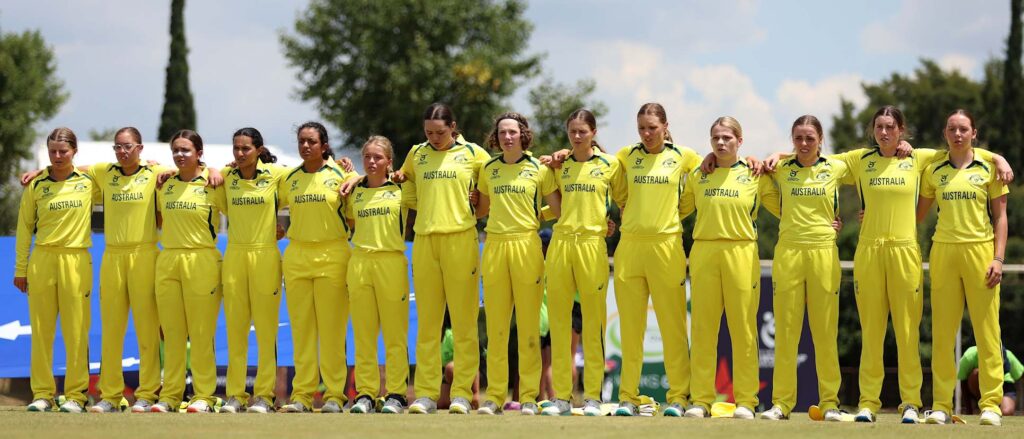
The Bigger Picture: What ODI Status Means for Emerging Teams
For Associate nations like UAE, Thailand, and Scotland, ODI status is more than just a title. It means:
- Increased ICC funding and match opportunities
- Greater media visibility and sponsorships
- Entry into ICC global qualification events
- A chance to play more regularly against Full Member teams
These benefits create a virtuous cycle, where performance leads to opportunity — and opportunity breeds better performance.
The Rising Tide in Women’s Cricket:
The ICC’s recent update signals an important truth: the balance of power in women’s cricket is shifting. While traditional powerhouses like Australia, England, and India remain dominant, the rise of teams like UAE and Scotland shows that Associate nations are ready to challenge the status quo.
For the USA, this may be a setback — but not the end. With renewed focus, better domestic structure, and stronger performances, they can reclaim ODI status in the future.
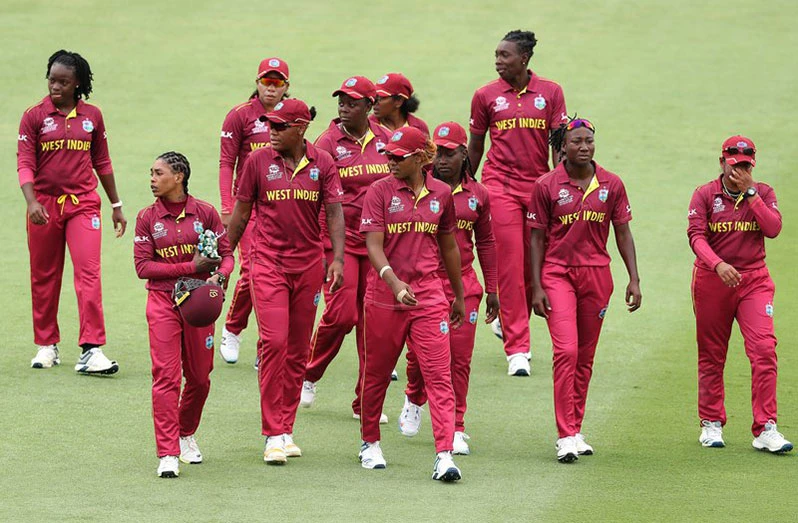
Meanwhile, the UAE women’s cricket team now has the stage it long deserved. The challenge ahead is huge, but so is the opportunity.
As the new ODI cycle begins on May 12, one thing is certain: the next four years in women’s cricket will be more competitive, inclusive, and unpredictable than ever before.

